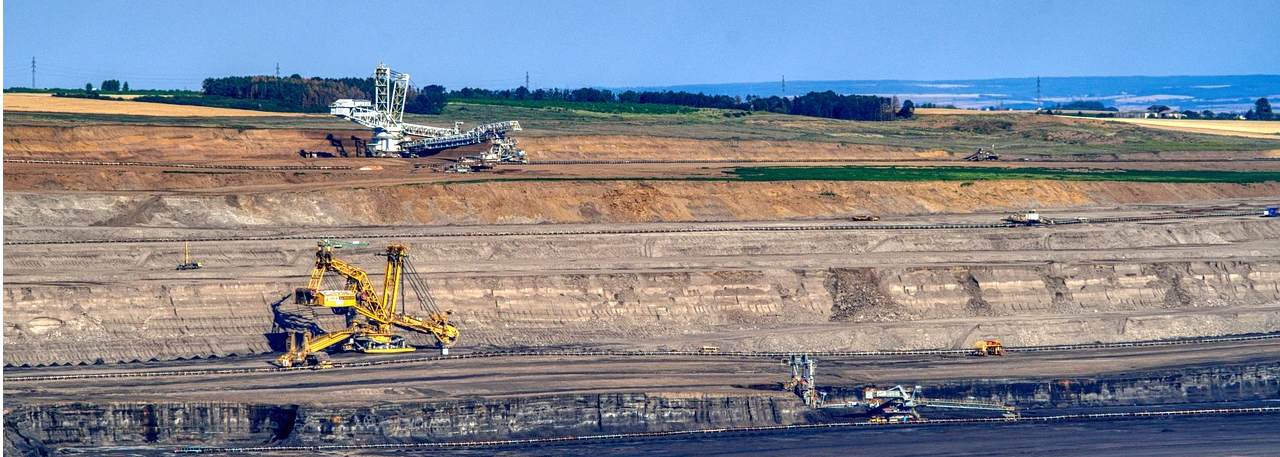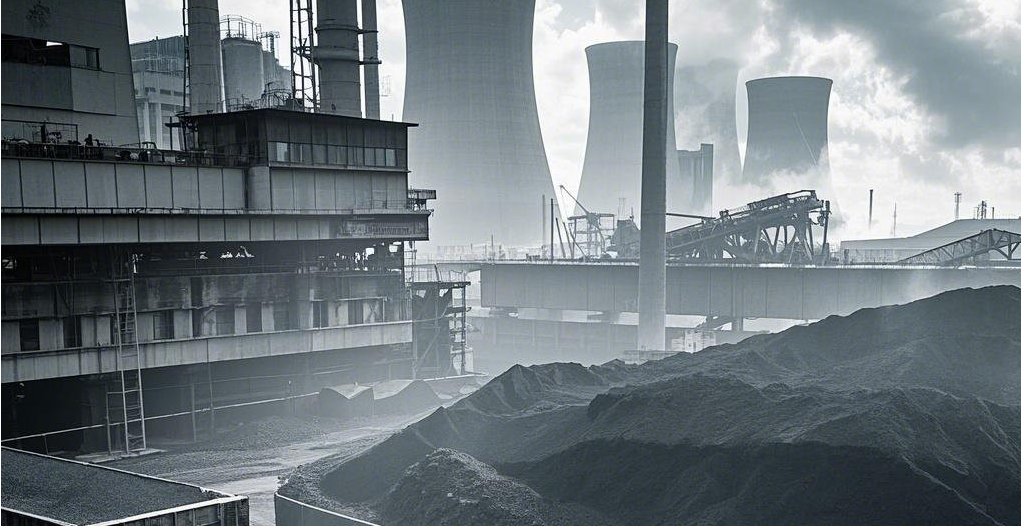Material conveyor belt--Transfer Blocking Monitoring
The monitoring of the material transfer plug is mainly through real-time monitoring of the material flow, shape, operation status of the belt and transfer equipment, and dust concentration, etc., to detect and warn the abnormal situation that may lead to the plug in time and ensure the smooth transportation of the material.

Reduce maintenance costs
Monitoring the operating condition of equipment can detect equipment wear and tear, abnormal and other problems in advance, making it easy to arrange maintenance in a timely manner, prevent equipment failure or damage due to plugging, and reduce maintenance costs and equipment replacement frequency.

Improve product quality
Effectively monitor the flow of materials to ensure uniform and stable transportation of materials, avoid the adverse effects of uneven material supply on product quality due to plugging, and ensure the stability of product quality.

Enhanced safety features
Monitoring environmental factors and the entire transfer process can detect safety hazards such as excessive dust in a timely manner, and at the same time prevent safety accidents such as material leakage and splashing caused by plugging, providing more reliable safety for staff and production environment.

Ensuring production continuity
Monitoring the operating condition of equipment can detect equipment wear and tear, abnormal and other problems in advance, making it easy to arrange maintenance in a timely manner, prevent equipment failure or damage due to plugging, and reduce maintenance costs and equipment replacement frequency.







